The world of precision engineering and ballistics has long been fascinated by the intricate calculations behind projectile trajectories. Among these, the study of gateball trajectories stands out as a unique intersection of physics, mathematics, and sports science. Unlike traditional ballistic calculations, gateball introduces variables that challenge even the most seasoned analysts.
At its core, gateball trajectory computation involves understanding how a ball moves through a series of gates or wickets. The sport's distinctive playing surface - typically natural grass or artificial turf - creates friction variables that differ markedly from smooth, predictable surfaces used in other trajectory studies. Players must account for ground resistance, minute imperfections in the terrain, and even atmospheric conditions when calculating their shots.
The physics behind gateball trajectories combines classical mechanics with real-world unpredictability. When a mallet strikes the ball, the initial force application determines the ball's velocity vector. However, what happens subsequent to this initial strike separates gateball from simpler trajectory models. The ball's interaction with the ground creates a complex series of micro-bounces and rolls that dramatically affect its final position.
Modern computational methods have brought new precision to gateball trajectory prediction. Advanced algorithms now factor in surface moisture levels, grass blade density, and even wear patterns on the playing field. These variables feed into differential equations that model the ball's deceleration and directional changes with remarkable accuracy. Coaches and competitive players increasingly rely on these computational models to refine their techniques.
One fascinating aspect of gateball trajectory calculation involves the gate interaction phase. As the ball approaches a wicket, its orientation and spin become critical factors. A ball rolling with topspin will behave differently upon gate contact than one with backspin or sidespin. The precise moment when the ball makes contact with the gate's metal frame can alter its trajectory in ways that challenge traditional prediction models.
Equipment variables add another layer of complexity to these calculations. Gateball mallets come in various weights and face compositions, each transferring energy to the ball differently. The ball itself - typically made of compression-molded plastic - has specific elasticity characteristics that affect its bounce and roll. Serious players often customize their equipment based on computational analysis of how these variables affect their typical shot trajectories.
Weather conditions present perhaps the most unpredictable variable in gateball trajectory computation. Even slight changes in humidity can affect the playing surface's friction coefficient. Wind introduces lateral forces that can deviate the ball's path, while temperature variations alter the ball's material properties. Competitive players must constantly adjust their calculations based on real-time environmental monitoring.
The mathematics behind these calculations draws from multiple disciplines. Vector calculus describes the ball's motion through space, while probability theory helps account for unpredictable surface interactions. Computer simulations now allow players to visualize thousands of possible trajectories based on minor variations in initial conditions, creating probabilistic models rather than single predicted paths.
Practical applications of gateball trajectory computation extend beyond the sport itself. The same principles apply to robotic pathfinding algorithms and autonomous vehicle navigation systems. Researchers have found that the problem-solving approaches developed for gateball trajectory prediction translate well to other fields requiring precise movement through variable environments.
As sensor technology advances, real-time trajectory computation becomes increasingly sophisticated. Embedded microchips in gateballs can now transmit instantaneous velocity and spin data to handheld devices, allowing players to make adjustments mid-game. This marriage of ancient sport and modern technology continues to push the boundaries of what's possible in trajectory prediction.
The future of gateball trajectory calculation likely involves machine learning systems that continuously improve their models based on accumulated game data. Such systems could account for player-specific striking patterns, creating personalized trajectory predictions. This evolution promises to elevate gateball from a game of skill to a fascinating demonstration of applied physics and computational mathematics.
Ultimately, the study of gateball trajectories represents more than just sports analytics. It serves as a living laboratory for understanding complex motion in unpredictable environments. Each match generates new data that refines our understanding of how objects move through space, proving that even traditional sports can drive scientific innovation.
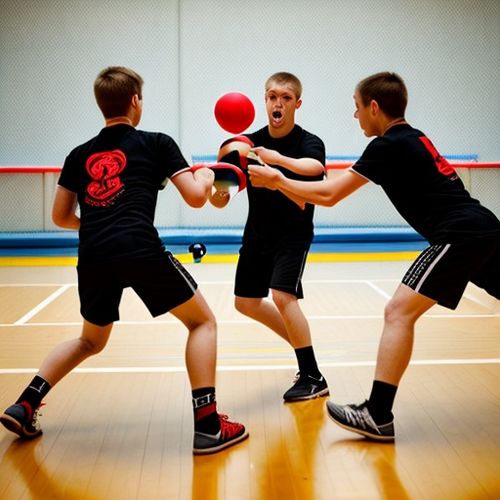
By Christopher Harris/May 8, 2025
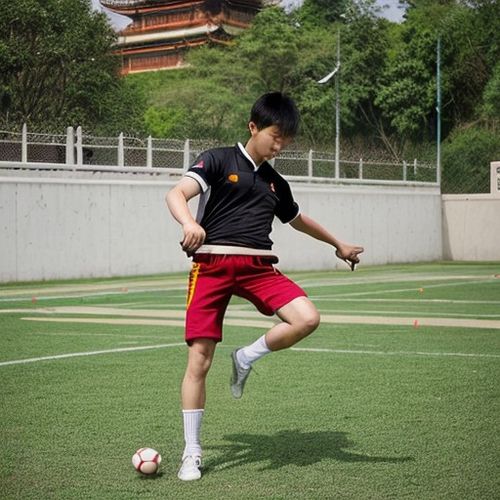
By Laura Wilson/May 8, 2025
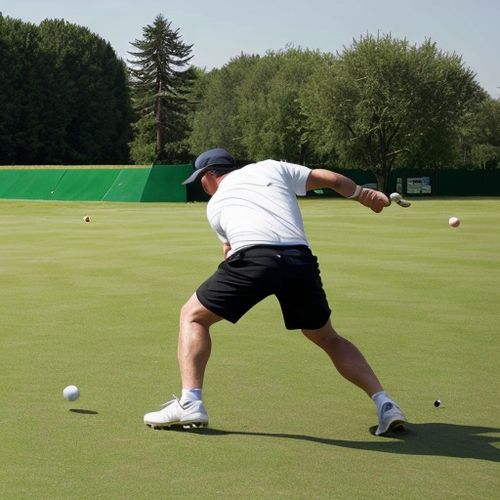
By Amanda Phillips/May 8, 2025
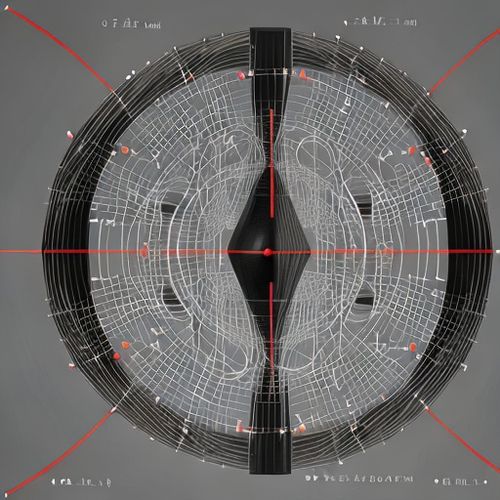
By William Miller/May 8, 2025
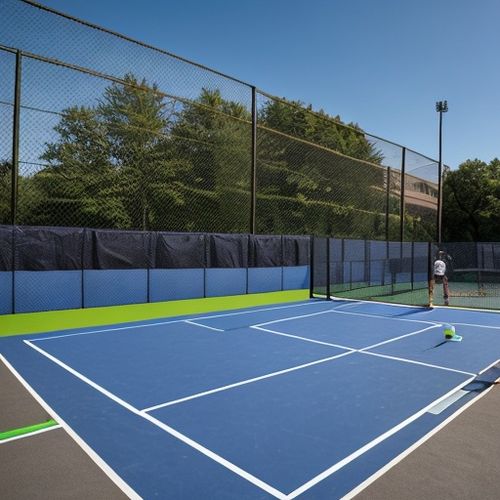
By Noah Bell/May 8, 2025
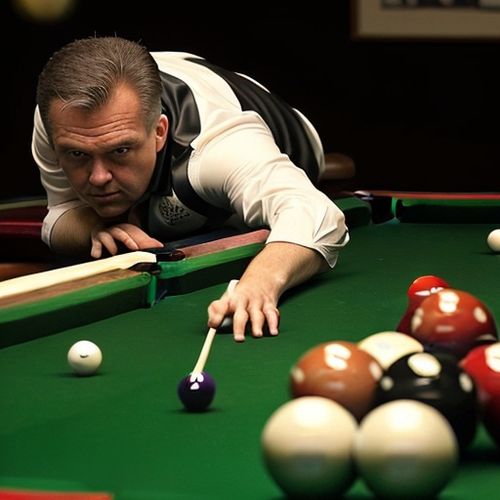
By Elizabeth Taylor/May 8, 2025

By Joshua Howard/May 8, 2025
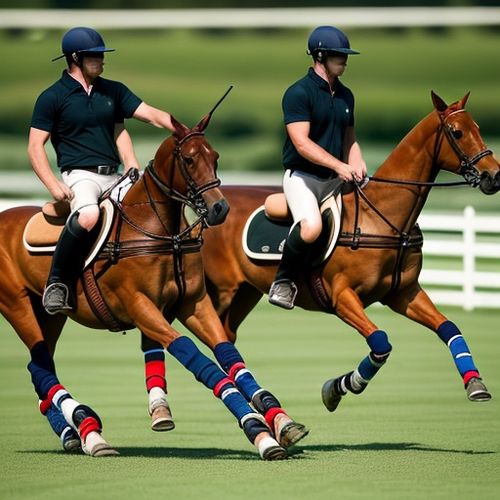
By Ryan Martin/May 8, 2025

By George Bailey/May 8, 2025

By Natalie Campbell/May 8, 2025

By Joshua Howard/May 8, 2025
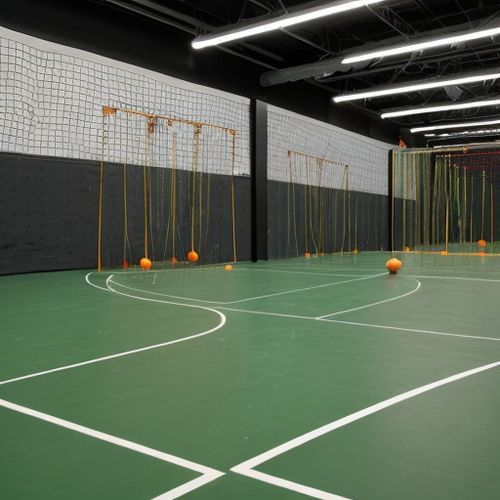
By Elizabeth Taylor/May 8, 2025
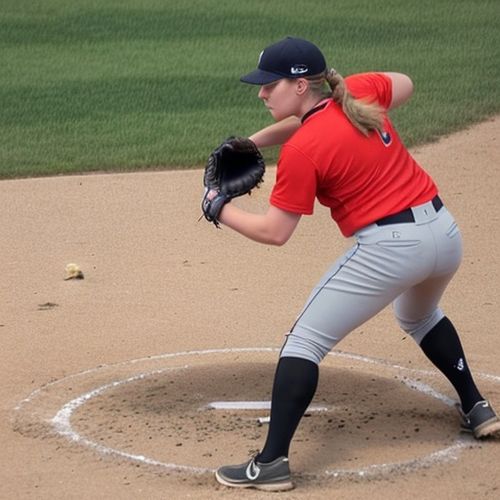
By Samuel Cooper/May 8, 2025
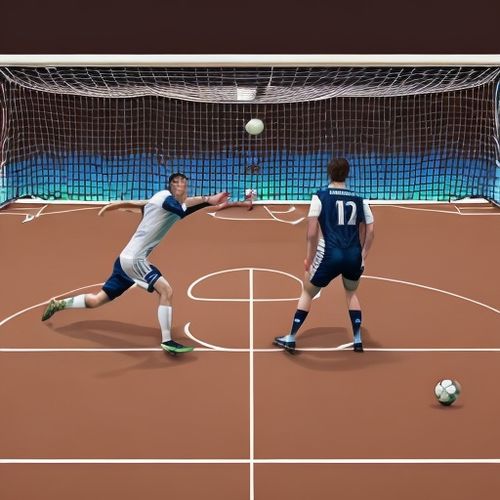
By Joshua Howard/May 8, 2025
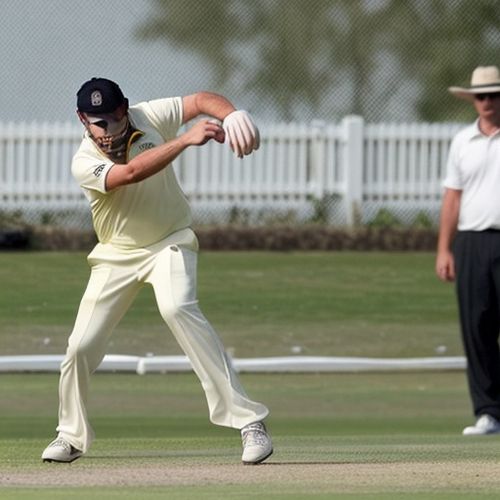
By Grace Cox/May 8, 2025
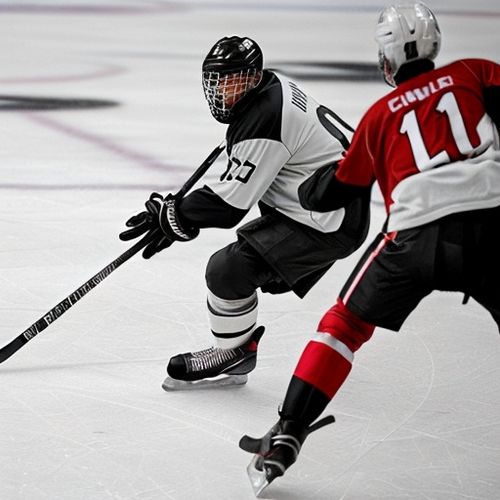
By Christopher Harris/May 8, 2025

By Samuel Cooper/May 8, 2025

By Sophia Lewis/May 8, 2025
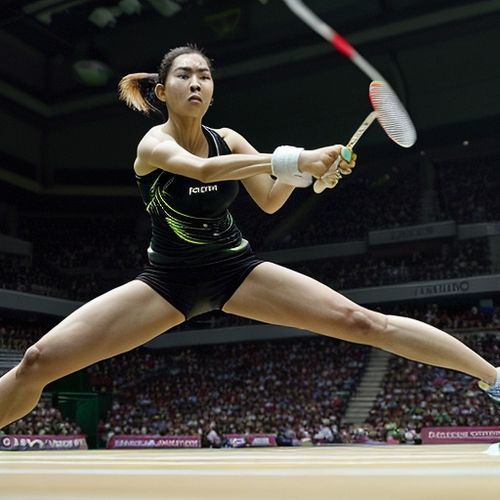
By Eric Ward/May 8, 2025
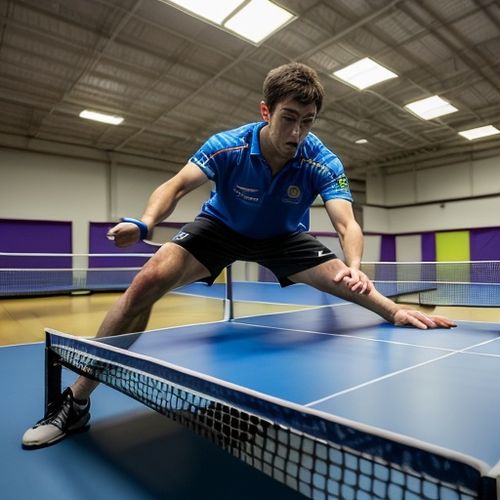
By Sarah Davis/May 8, 2025